Wi-Fi option not showing in Windows 11? Try these fixes
Our 15 fixes will solve the Windows 11 no WIFI option only Ethernet issue
17 min. read
Updated on
Read our disclosure page to find out how can you help Windows Report sustain the editorial team Read more
Key notes
- If there’s no Wi-Fi option available on Windows 11, the issue is most likely caused by missing or corrupt drivers.
- Checking the related services and wireless adapter components can help you with this problem.
- Be sure to double-check your policy settings and make sure that the wireless connection isn’t blocked or disabled.
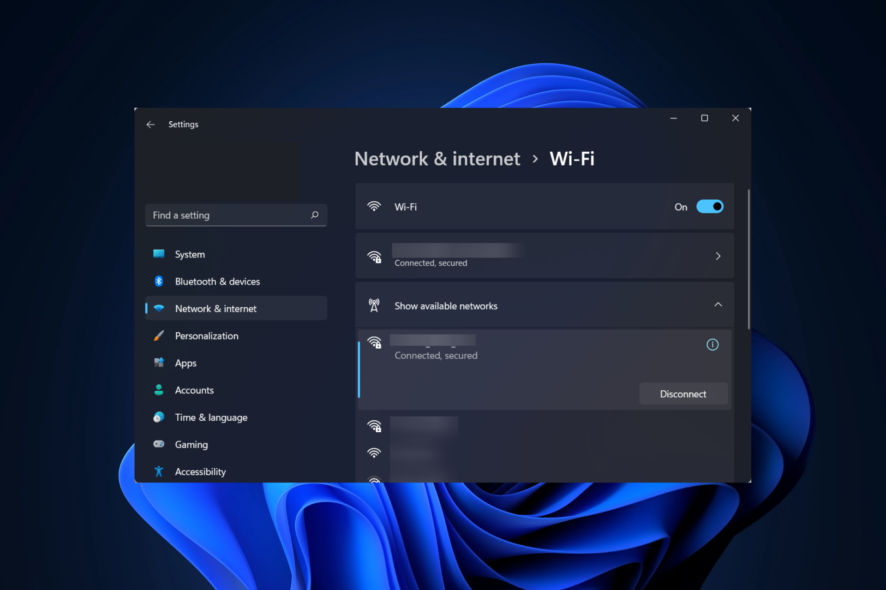
Many of us rely on Wi-Fi to establish a connection and access the web. But what if Wi-Fi disappeared from Windows 11’s system tray, Settings, or the Control Panel?
This can be caused by a bunch of issues, both related to the hardware and software. If you started encountering it after upgrading to Windows 11 or updating to the latest build, it’s most likely the software at fault.
There are also countless users complaining about the fact that their Windows 11 network adapter is missing.
How do I get my Wi-Fi back on Windows 11?
For easier troubleshooting, you can follow the steps in the video tutorial down below:
Before moving on to more complex solutions, make sure to do the following:
- With the Wi-Fi missing, you might face trouble connecting to the Internet. In this situation, you can boot Windows 11 in Safe Mode.
- Switch to a wired connection, i.e. Ethernet. These are less prone to errors and offer a higher level of security. After securing access to the Internet, you can now start executing the fixes listed here.
- You can make things even more simple if you get Windows 11 to auto-login and forget about entering the password after booting.
1. Check for a physical switch to turn on Wi-Fi
Many new computers, and laptops, in particular, have a built-in switch to enable/disable the Wi-Fi. You will find it either on the side or around the keyboard.
After locating the switch, make sure it’s turned on and check if the Wi-Fi icon and settings reappear.
 NOTE
NOTE
2. Update the Wi-Fi driver
The Windows 11 no WiFi option issue you’re experiencing can be caused by an outdated driver, and if the fixes above didn’t work, it’s time you give this method a try.
There are three ways you can update a driver, namely, using the Device Manager, from the Windows Update settings, and manually downloading and installing it from the official manufacturer’s website.
Let’s see all three methods:
2.1 Via Device Manager
- Press Windows + X to launch the Power User/Quick Access menu.
- Select Device Manager from the list of options that appear.
- Locate and double-click on the Network adapters entry to expand and view the devices under it.
- Right-click on the Wi-Fi adapter and select Update driver from the context menu.
- Select Search automatically for driver to let Windows scan for the best available driver on the system and install it. Check if the Windows 11 no WiFi option issue is solved.
 NOTE
NOTE
2.2 Via Windows Update
- Press Windows + I to launch the Settings.
- Select Windows Update from the navigation pane on the left.
- Click on Advanced options.
- Select Optional updates under Additional options.
- Check if there is an update available for the Wi-Fi driver. In case there’s one present, tick the checkbox for it and click on the Download & install button.
After the update is installed, restart the computer for the changes to come into effect and check if the Wi-Fi icon appears.
In case a newer version of the driver was not available in Windows Update, you could always look for it on the manufacturer’s website.
An up-to-date driver version will allow you to connect to an up-to-standard broadband network. It can successfully remediate the 5Ghz WiFi not showing up in Windows 11 problem.
2.3 Via manufacturer’s website
 NOTE
NOTE
- Launch the Device Manager.
- Double-click on Network adapters, locate and right-click on the Wi-Fi adapter, and select Properties from the context menu.
- Navigate to the Driver tab and jot down the driver version.
- Once you have the current driver version, go to Google or any other search engine of your preference, and search for the update using the Driver Name and Operating System (Windows 11) as the keywords followed by Update driver.
- Locate and open the manufacturer’s website from the search results.
- On the OEM’s website, identify if there is an update available based on the current driver version you noted earlier.
- In case a newer version is available, download it.
- Navigate to the folder the driver update is downloaded to, double-click on it to launch the installer, and follow the on-screen instructions to complete the installation process.
- After updating the driver, restart the computer for the changes to come into effect and check if the Wi-Fi icon can be accessed now.
The last process can be a little intricate and time-consuming and carries a considerable amount of risk in case of a serious lapse on your end. However, the three methods can be used to update any driver on your computer and with a little caution and patience, they are bound to deliver results.
In case you are looking for simpler ways to keep your drivers up-to-date, we recommend using a dedicated third-party tool. It automatically scans for driver updates and installs them to your PC, thus making the whole process simpler and more convenient.
3. Verify that Airplane mode is disabled
- Press Windows + I to launch the Settings app.
- Select Network & Internet from the tabs listed to the left.
- Locate the Airplane mode toggle and ensure that it’s disabled. The Windows 11 no WiFi option issue, will be solved.
4. Turn on the Airplane mode and then disable it
- Click on the Action Center icon at the right of the Taskbar or press Windows + A, to view the Quick Settings.
- Click on the Airplane mode tile to enable it. Once enabled, the tile color will change to blue.
- Wait for a couple of minutes, and then again click on the Airplane mode tile to disable the setting. Check it the Windows 11 no WiFi option problem is gone.
When airplane mode is enabled on your PC, you will encounter a Windows 11 WiFi not showing up in the settings issue. Make sure you have not mistakenly activated it.
Quick Settings allow you to make modifications to the system and enable or disable features without having to navigate to their actual location. You can also customize the Action Center and only keep the tiles you often use, for a finer experience.
5. Restart the PC
- Go to your Desktop and press Alt + F4 to launch the Shut Down Windows box.
- Click on the dropdown menu and select Restart from the list of options.
- Click OK at the bottom.
We hope this helped you solve the Windows 11 no WiFi option situation. If you have trouble with the account after the restart, learn how to change your password and username in Windows 11.
6. Check if Wi-Fi adapter is enabled
- Press Windows + R to launch the Run command and enter ncpa.cpl in the text field, then either click on OK or press Enter, to launch Network Connections.
- Locate and check if the Wi-Fi entry is greyed out. In case it is, you have to enable it.
- Right-click on the Wi-Fi adapter, and select Enable from the context menu.
How to enable the WIFI adapter in Windows 11? If the Windows 11 WiFi adapter is disabled, you wouldn’t be able to connect to any network and it would seem like there would be no Windows 11 WiFi option due to the change in icon in the system tray.
After enabling, check if you are able to establish a secure Wi-Fi connection. This will help with Windows 11 WiFi not showing up in network connections.
The icon should appear as usual and users should be able to easily connect with the correct credentials.
7. Use the Roll Back Driver option
- Launch Device Manager.
- Locate and double-click on Network adapters, right-click on the Wi-Fi adapter, and select Properties from the context menu.
- Go to the Driver tab and select Roll Back Driver.
- You will now be asked to select a reason for rolling back the update. Choose the necessary response and click Yes.
Windows will take a few seconds (or minutes, as the case may be) to reinstall the previous version of the driver but you wouldn’t receive a prompt or confirmation on its completion. It’s recommended that you restart the computer after a few minutes for the changes to come into effect.
 NOTE
NOTE
In case the Wi-Fi disappeared after you updated the Wi-Fi driver, rolling back the update could work. Windows keeps the files for the previous version if you want to revert to it.
8. Reinstall the Wi-Fi driver
- Launch Device Manager.
- Double-click on the Network adapters to expand and view the devices under it, right-click on Wi-Fi adapter, and select Uninstall device from the context menu.
- Tick the checkbox for Attempt to remove the driver for this device and click on Uninstall at the bottom.
- After the driver is uninstalled, restart the computer.
- When the computer turns on, Windows will automatically look for the best available driver and install it. Check if you are now able to connect to the Wi-Fi.
Corrupt drivers are known to cause a lot of problems, your current one being a prominent example. In this case, reinstalling the corrupt driver will fix the issue.
In case Windows 11 is not detecting the WiFi adapter, sometimes the driver reinstall can help, so be sure to try it.
9. Update Windows 11
- Press Windows + I to launch the Settings app.
- Select Windows Update from the tabs listed on the left.
- Click on Check for updates and let Windows scan for any pending updates. If there are any available, they will be downloaded and installed on the computer.
Sometimes, running an older version of Windows is also likely to cause a bunch of issues. In the updates released by Microsoft, there are patches for various problems along with other new features for your computer. It’s the former part that you should be concerned with here.
After installing the latest updates, the problem with no WiFi option in Settings on Windows 11 should be resolved.
10. Uninstall Windows 11 updates
- Press Windows + I to launch the Settings.
- Select Windows Update from the tabs listed on the left.
- Click on Update history on the right.
- Click Uninstall updates under Related settings.
- Select the update you want to remove and click on Uninstall.
In case the Wi-Fi disappeared on Windows 11 after updating, the problem could very well lie in the current version/build itself.
If you couldn’t find a new update from Microsoft in the previous fix, it’s best that you uninstall the last update and revert to the previous version, one that was stable and worked fine.
11. Run the Network Adapter troubleshooter
- Press Windows + I to launch the Settings.
- Scroll down and select Troubleshoot in the System tab.
- Click on Other troubleshooters.
- Click on the Run button next to Network Adapter troubleshooter.
- Wait for the troubleshooter to run a scan and then select Wi-Fi from the list of network adapters.
- Wait for the troubleshooter to identify and fix the issues.
Microsoft offers a bunch of built-in troubleshooters to easily identify and fix issues affecting the performance of Windows. However, these can only solve the already known problems.
If running the Network Adapter troubleshooter doesn’t help, head to the next fix.
12. Run File Explorer
- Press Ctrl + Shift + Esc to launch the Task Manager.
- Click on the File menu at the top-right corner and select Run new task.
- Type explorer.exe in the text field, and either click on OK or hit Enter to launch File Explorer.
- After the File Explorer process starts, check if the Wi-Fi icon reappears.
This is a known workaround to fix issues with the Wi-Fi in all versions of Windows. Running the File Explorer eliminates or removes any bug preventing the Wi-Fi icon from appearing, thus making it accessible.
13. Modify the Group Policy
- Press Windows + R to launch the Run command.
- Enter gpedit.msc in the text field, and either click on OK or hit Enter to launch the Group Policy Editor.
- Navigate to User Configuration, then to Administrative Templates and Start Menu and Taskbar from the navigation pane on the left.
- Locate and double-click on Remove the networking icon.
- Select the checkbox for Disabled and click on OK to save the changes.
14. Perform a clean boot
- Press Windows + R to launch the Run command.
- Type msconfig in the text field, and either click on OK or hit Enter to launch the System Configuration window.
- Go to the Services tab.
- Tick the checkbox for Hide all Microsoft services and click Disable all.
- Navigate to the Startup tab and select Open Task Manager.
- Select all the startup items listed here one at a time and click on Disable each time.
- Close the Task Manager once you are done disabling the startup programs
- Click on OK in the System Configuration window.
- Click Restart to launch Windows with just the critical services and startup programs.
When the PC restarts, it will load just the basic services, drivers, and startup programs. The clean boot environment is similar to Safe Mode but offers a lot more options to troubleshoot issues.
On clean booting the Windows, you should have the Wi-Fi icon present. Now, launch the services and programs one at a time to identify which one is causing the issue.
The app or service you started just before the Wi-Fi icon disappears is likely to be behind the error.
If it’s a program that’s leading to the error, you can simply uninstall the app. In the case of services, keep it disabled until an update for Windows is available for download.
After you ended the troubleshooting, you can safely relaunch/start the other items that you had disabled earlier.
The clean boot process is fairly intricate and time-consuming, thus we recommended that you go for it near the end when nothing else works.
For any problems logging in after the clean boot, learn how to remove your login password in Windows 11.
15. Perform a system restore
- Press Windows + S to launch the Search menu.
- Type create a restore point in the text field at the top and click on the relevant search result.
- Click on System Restore.
- Select the preferred setting and click on Next. The first option here is the recommended restore point by Windows while with the other setting, you can select one manually. We will choose the second option.
- Choose a restore point and click on Next.
- Review the details and click on Finish to start the restore process.
- The computer will restart during the restore process, hence, we recommended that you save any open files to avoid loss of data.
System restore has been present on the previous versions of Windows as well and is an effective troubleshooting method.
It takes the computer back in time to a point where the error did not exist by modifying the settings and uninstalling apps. The restore process, however, does not affect the files stored on the system.
But the condition here is that you must have created the restore point before the time you first encountered the error. And in all likelihood, such a point should exist on your computer.
Windows automatically creates a restore point before any critical tasks, say, updating the Windows or installing a major application. This way, you can be sure of a restore point present at your disposal.
After restoring your system, be sure to check if Windows 11 still has no Wi-Fi option.
What can I do if Windows 11’s Wi-Fi icon is missing?
Although this is a less likely occurrence, the Windows 11 Wi-Fi icon missing error can be triggered by a corrupt user account.
So, the obvious solution here is to create a new one in the hope that logging into it will make the Wi-Fi icon show up as intended.
- Press Windows + I to launch the Settings.
- Select Accounts from the left.
- Click on Family & other users from the right pane.
- Next, click on the Add account button next to Add other user.
- Enter the credentials of the person to create a Microsoft account and follow the on-screen instructions to complete the process. Or, you can also create a local account.
There are a few methods through which you can fix a corrupt user profile. Though the guide is for Windows 10, the fixes listed have been duly checked and found to be as effective in Windows 11.
While some would go for fixing the corrupt profile, a simple and quick alternative is to create another one in order to work efficiently without encountering any errors. Once done, you have all the time to work on the corrupted one.
Why my WIFI option is not showing in Windows 11?
Our users reported similar errors that we will address in this article as well. The most common ones are the following:
- Wi-Fi adapter disappeared from Windows 11 – Windows 11 WIFI keeps disappearing – Start the Network Adapter troubleshooter on your Windows PC if you can’t find your Wi-Fi adapter on that machine.
- No Wi-Fi option only Ethernet in Windows 11 – WIFI button not showing or working in Windows 11 – If the Wi-Fi adapter is turned off, Windows 11 will not show the Wi-Fi option in the settings menu. In the Control Panel, you have the option to manually enable or disable the various network devices.
- Wi-Fi icon disappeared from Windows 11 – WIFI icon missing in Windows 11 – In most cases, the problem of a missing Wi-Fi icon is brought on by the fact that your system does not have the necessary drivers loaded.
- Wi-Fi not working in Windows 11 – It’s conceivable that the issue with Windows 11 Wi-Fi is due to missing, obsolete, or damaged wireless network drivers. These drivers typically have a tendency to be incompatible with the devices or the operating system.
- Windows 11 Network Adapter missing – Launch the Device Manager, go to the Network Adapters area, and look for any modifications to the hardware.
- WiFi option suddenly disappeared from Windows 11 – WIFI option not showing or displaying in Windows 11 – In addition to this, if the Wi-Fi adapter on your computer is broken or disabled, you will not be able to see the symbol for Wi-Fi on the taskbar of your computer.
- Wi-Fi and Bluetooth disappeared from Windows 11 – Besides the network driver, you should also update or reinstall the Bluetooth one from Device Manager.
- There might be a problem with the driver for the WIFI adapter in Windows 11 – Update the WIFI drivers in order for the adapter to be brought to the latest version available.
- WIFI option not showing in Windows 11 Dell, HP laptop – Make sure Airplane mode isn’t turned on on these devices.
However, if you noticed a gradual reduction in the Wi-Fi strength over time or have run into trivial issues, it could be the failure of the hardware as well.
What do I do if the fixes listed here don’t work?
While the above fixes cater to all kinds of problems, there is a small possibility that these won’t resolve the Wi-Fi disappearing issue.
In this situation, you can reset Windows 11 to the factory settings. This should do the trick, given it removes all files, apps, and configured settings from the computer.
If resetting doesn’t work, the problem, in all likelihood, lies with the hardware, in which case, it’s recommended that you seek professional help.
In case you bought the laptop from a mobile operator, try to enable eSIM on Windows 11 and connect directly to the mobile network.
The fixes listed above are found to have resolved the error for most of the users, so be sure to try them all if there’s no Wi-Fi option on Windows 11.
If you are facing trouble with the connection, check our guide on how to increase the Internet speed on Wi-Fi. Also, find out the best browsers for Windows 11 to seamlessly surf the web while ensuring privacy and security.
Lastly, if your WiFi symbol is not showing on laptop, check out our dedicated guide for help.
Let us know which fix worked for you in the comments section below.




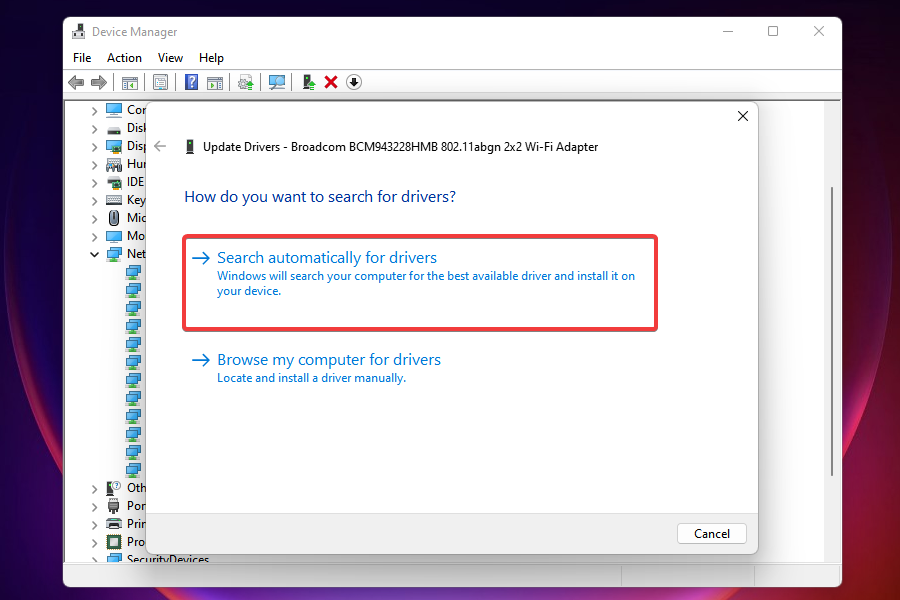
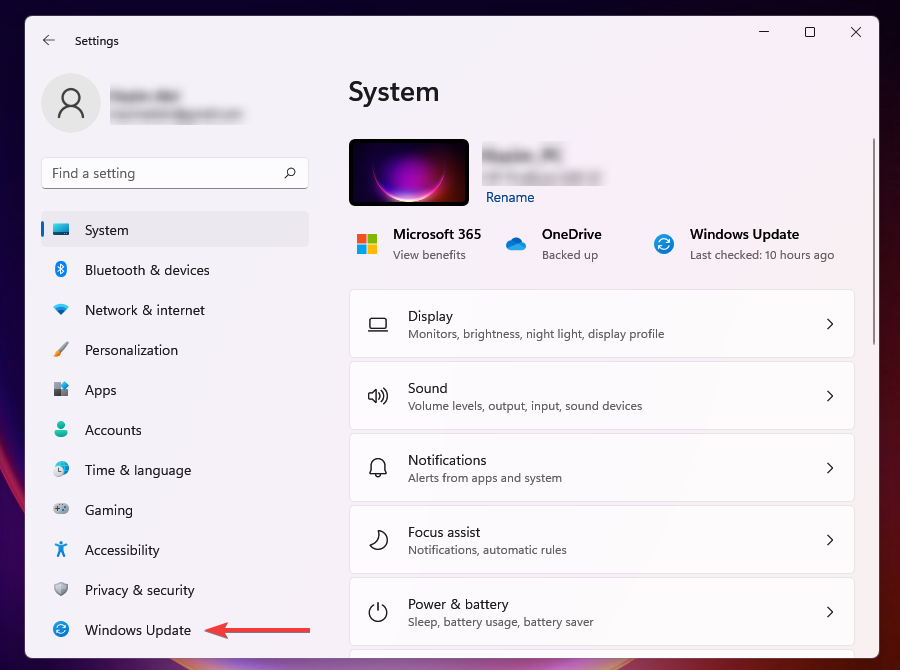
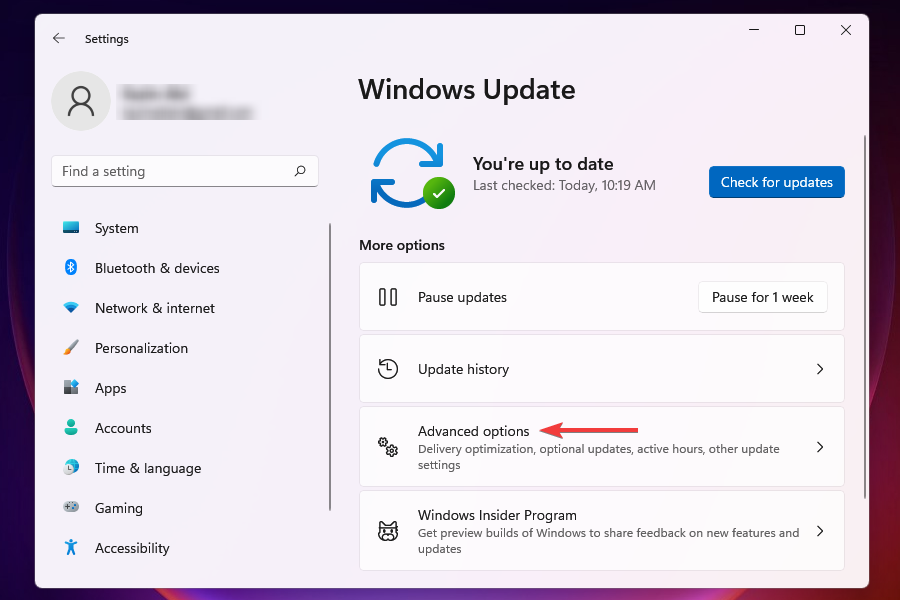

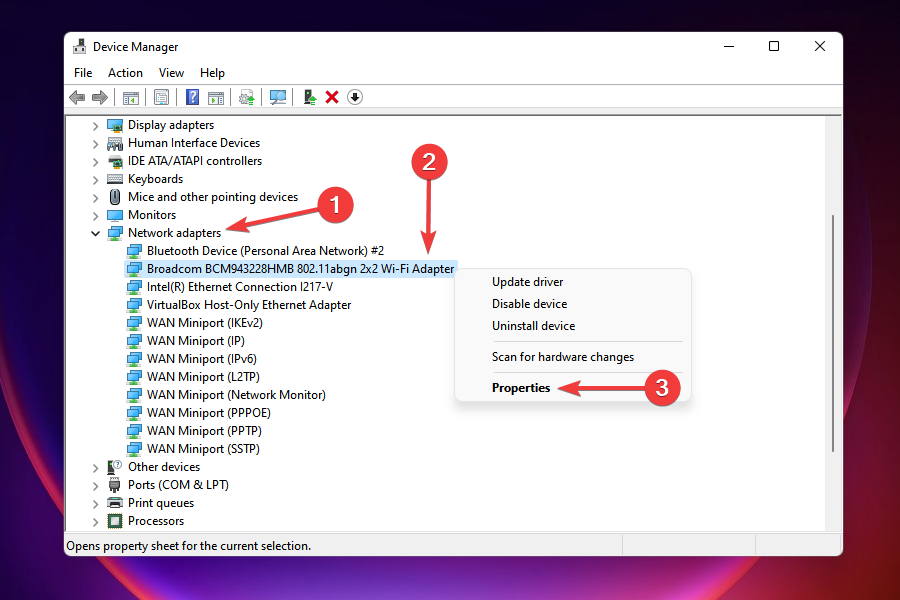
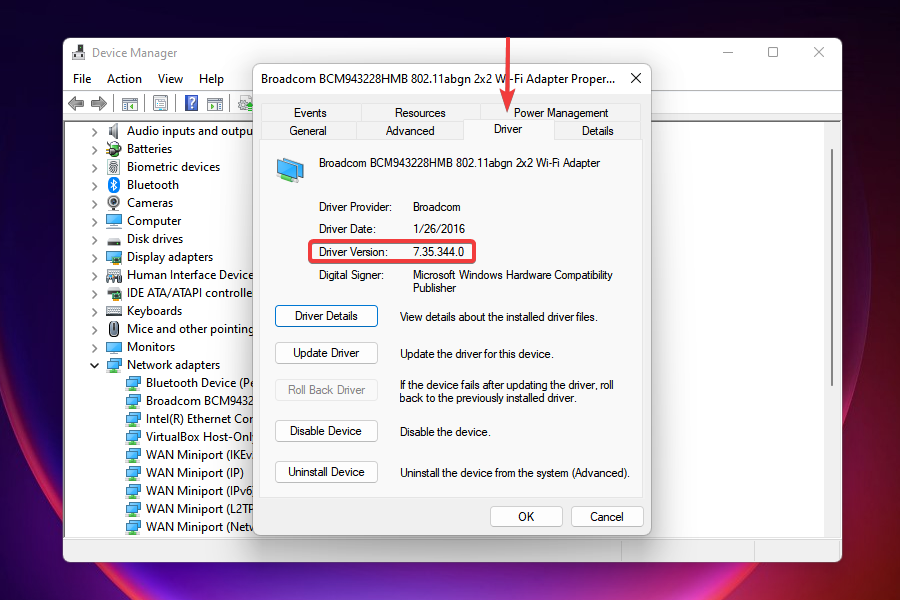
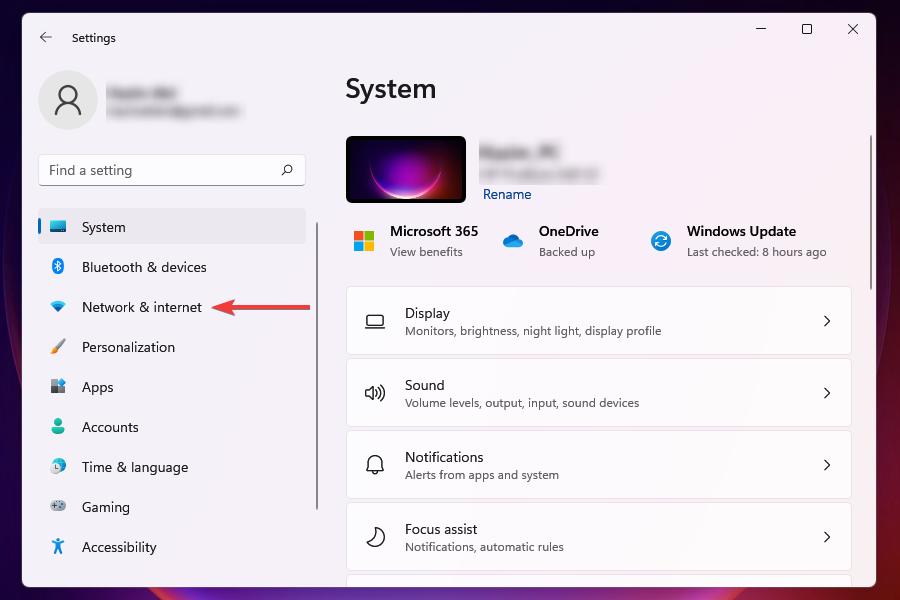




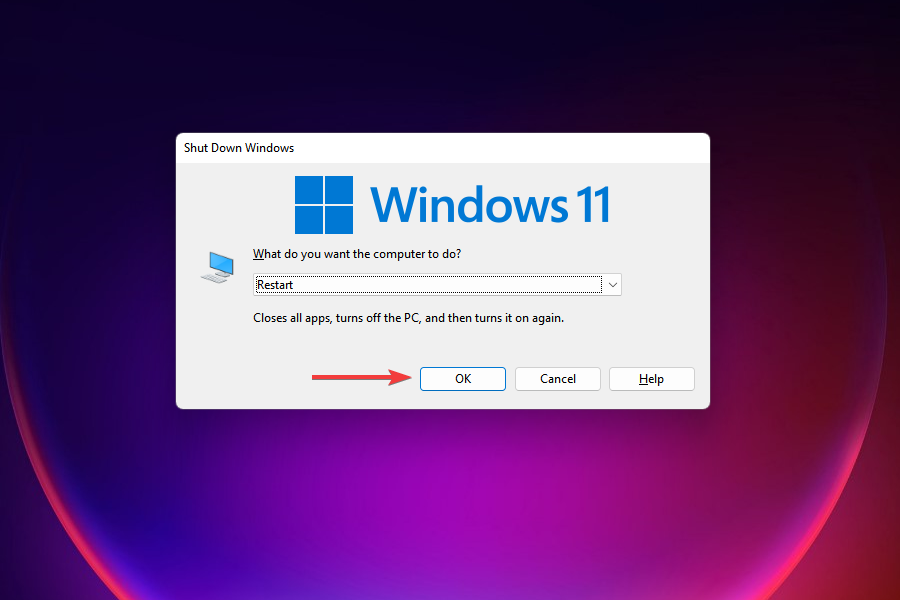
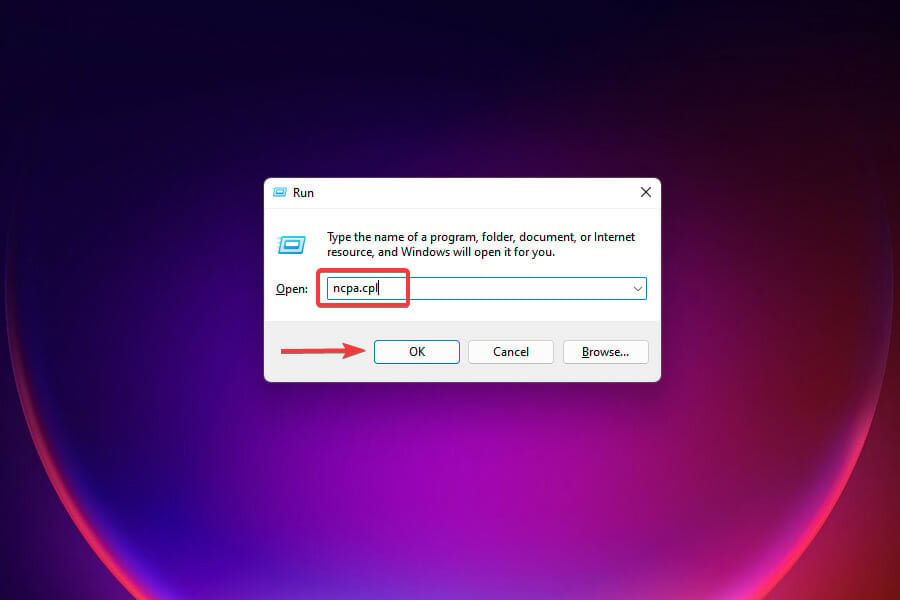

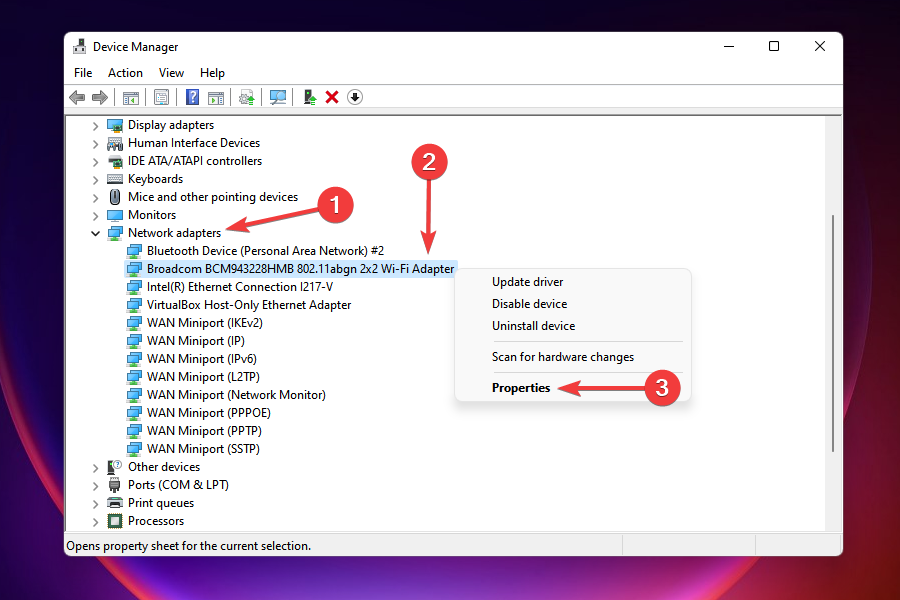
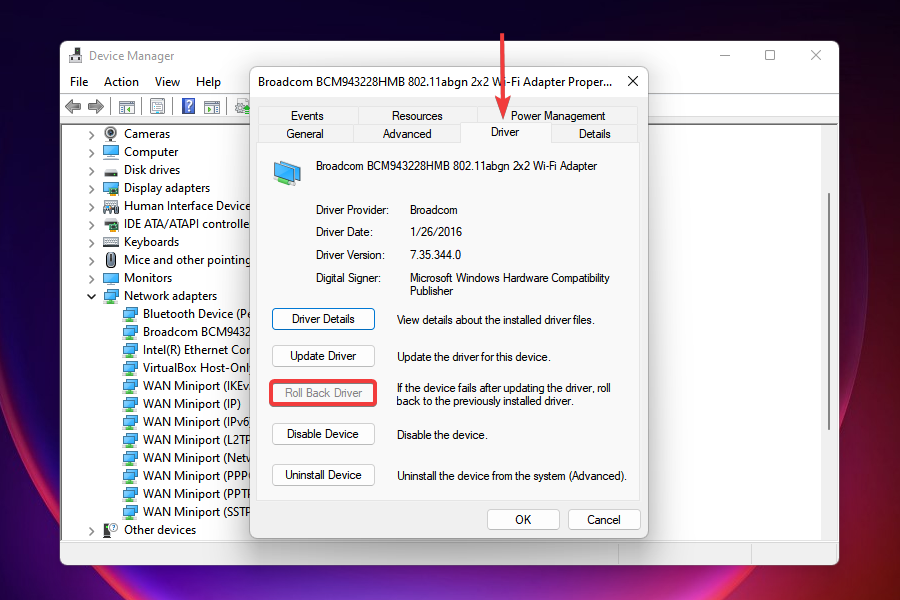
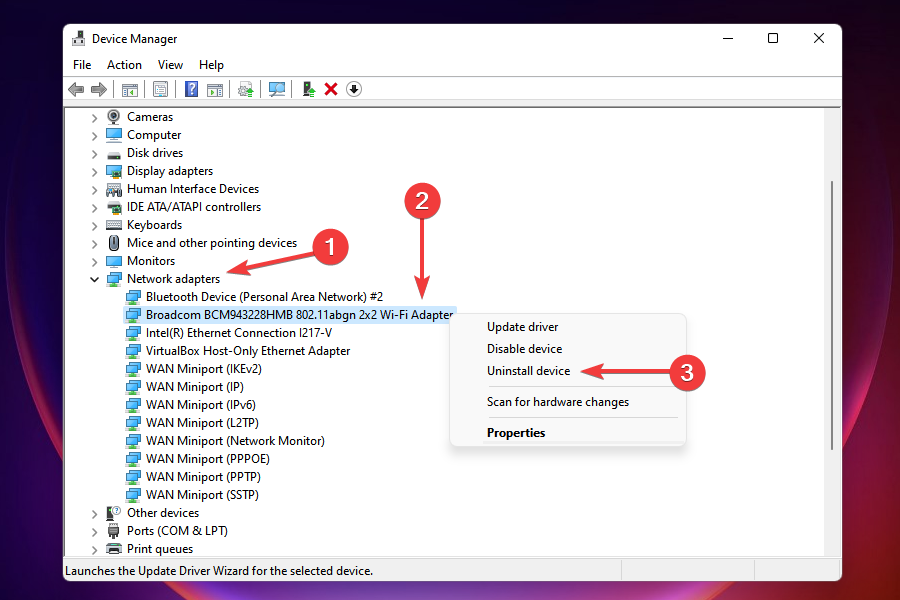
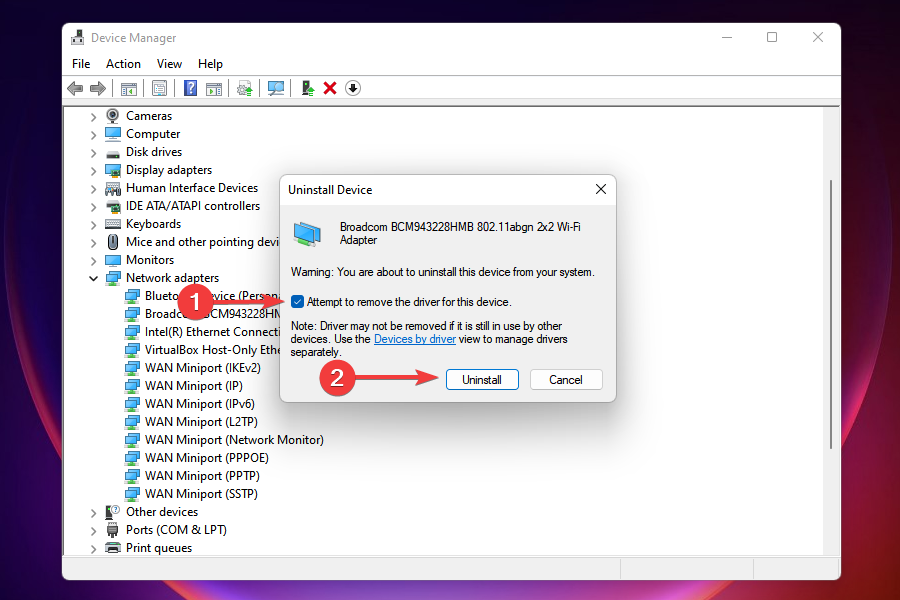
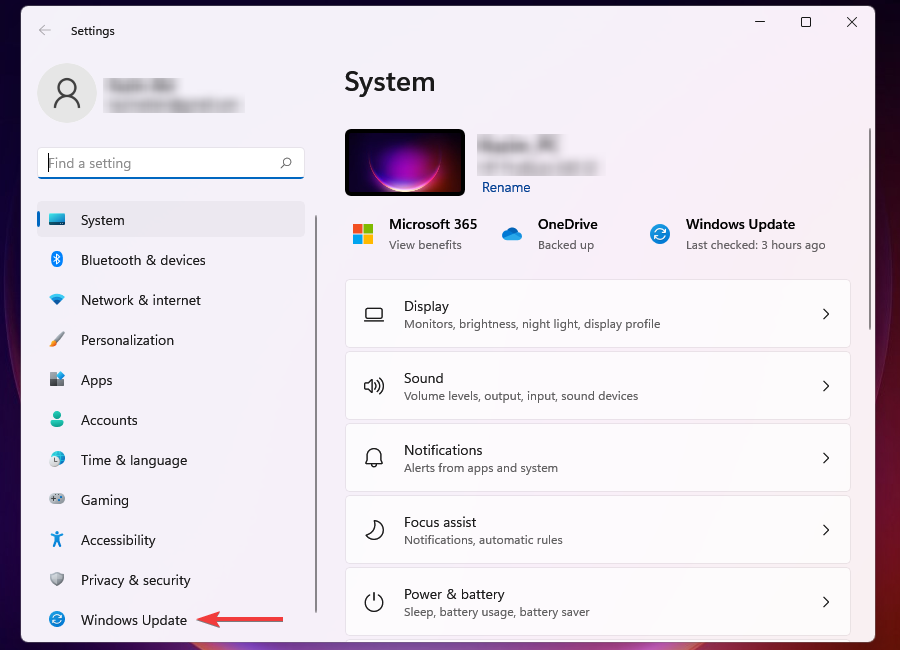
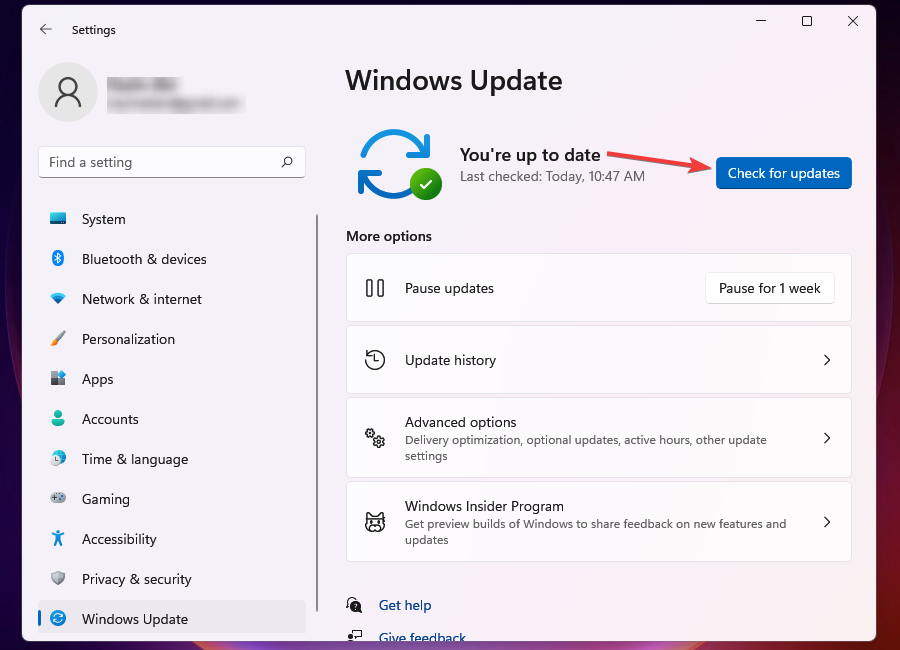
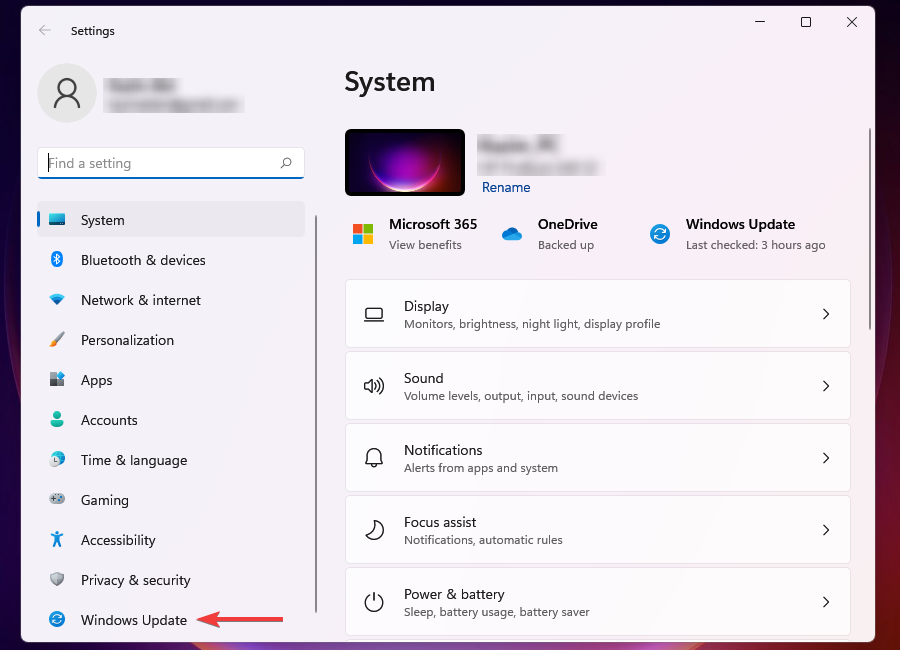
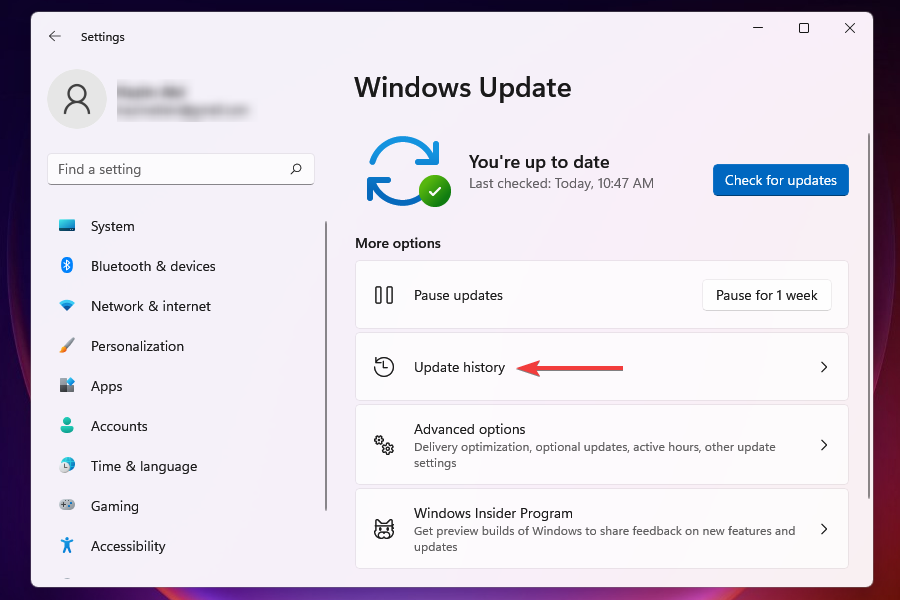
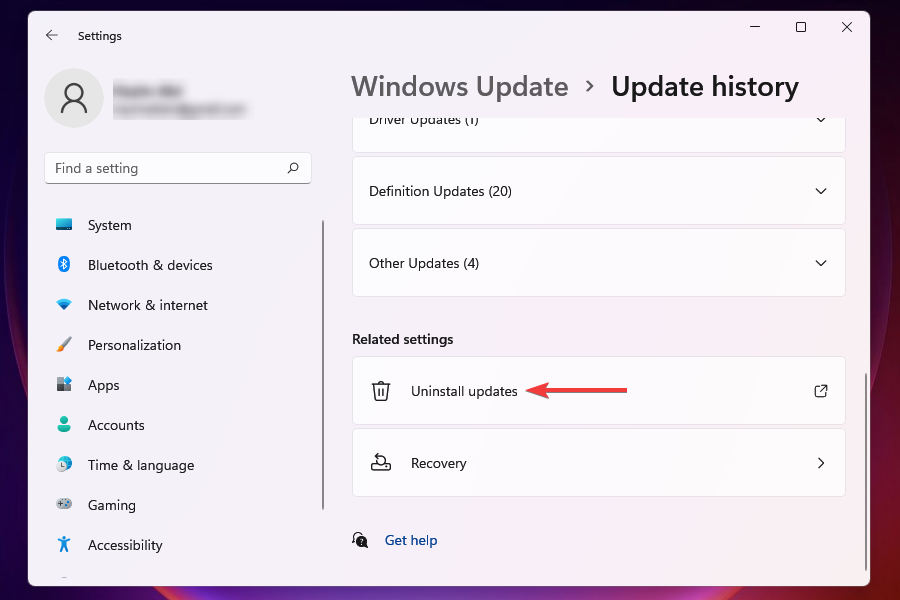
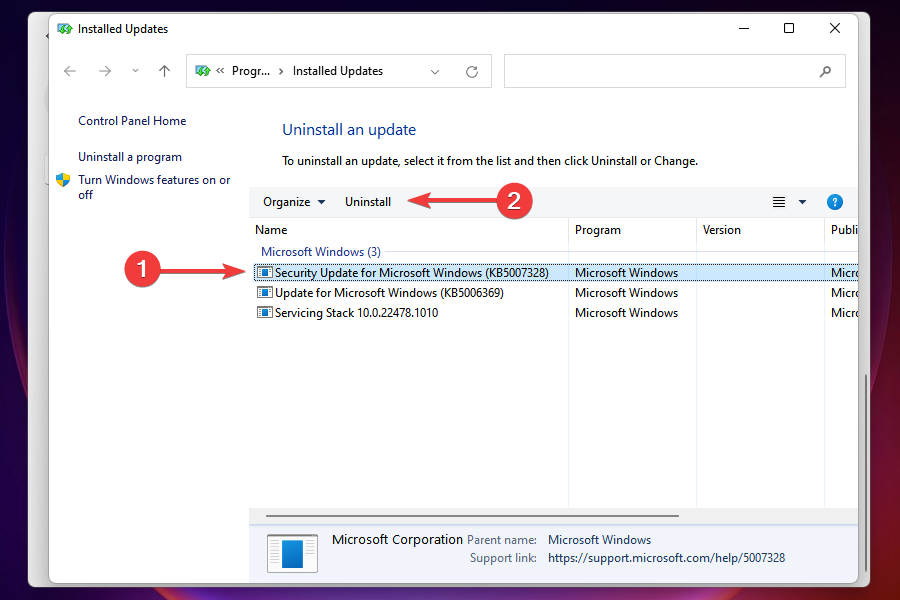
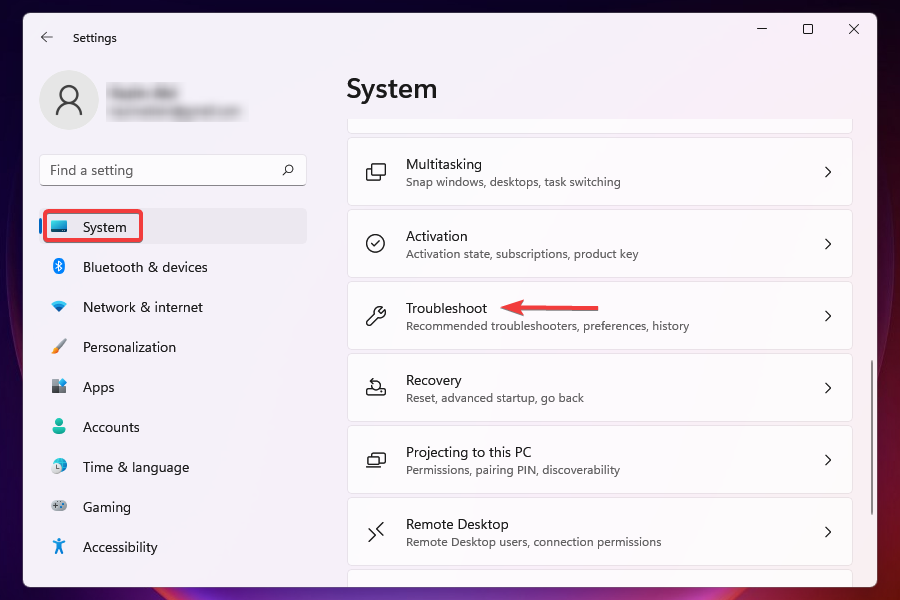
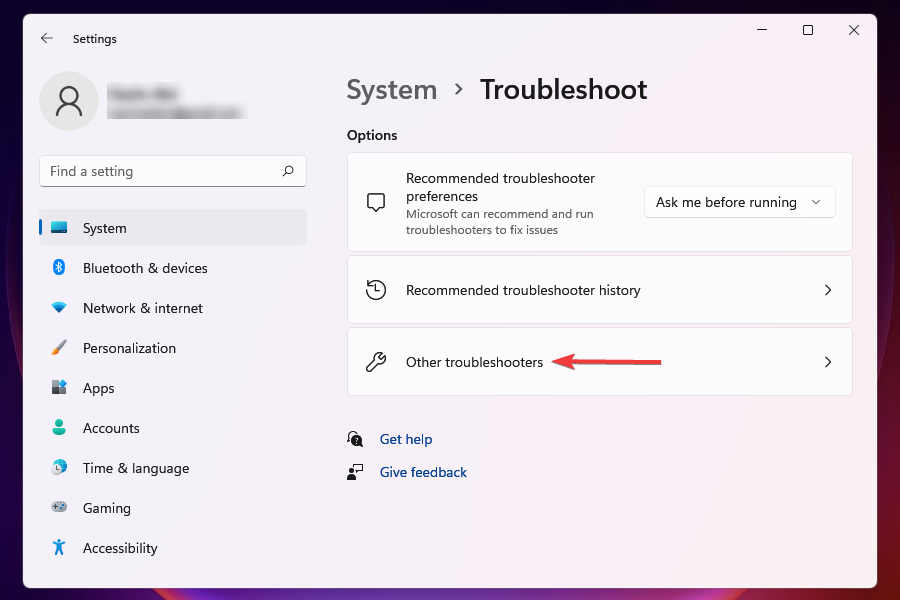

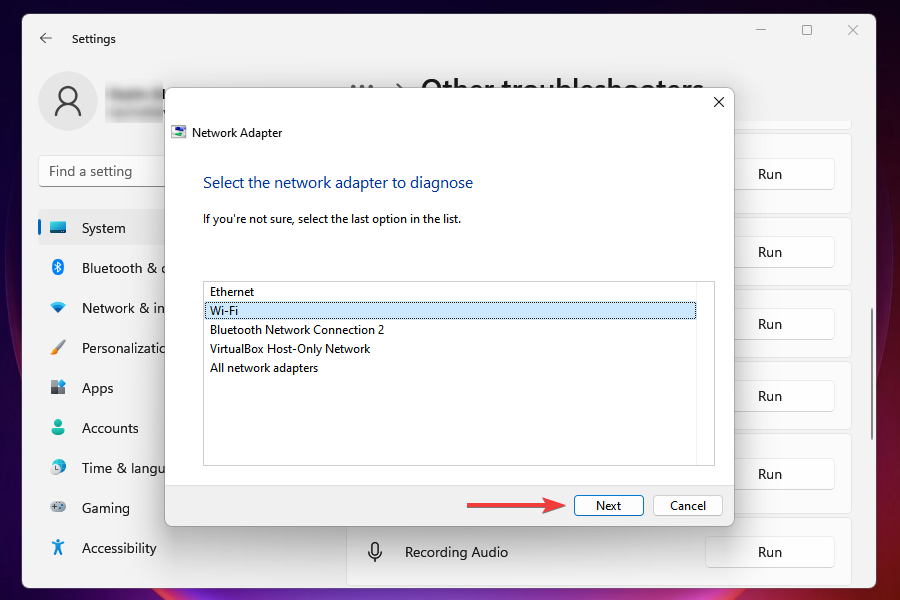

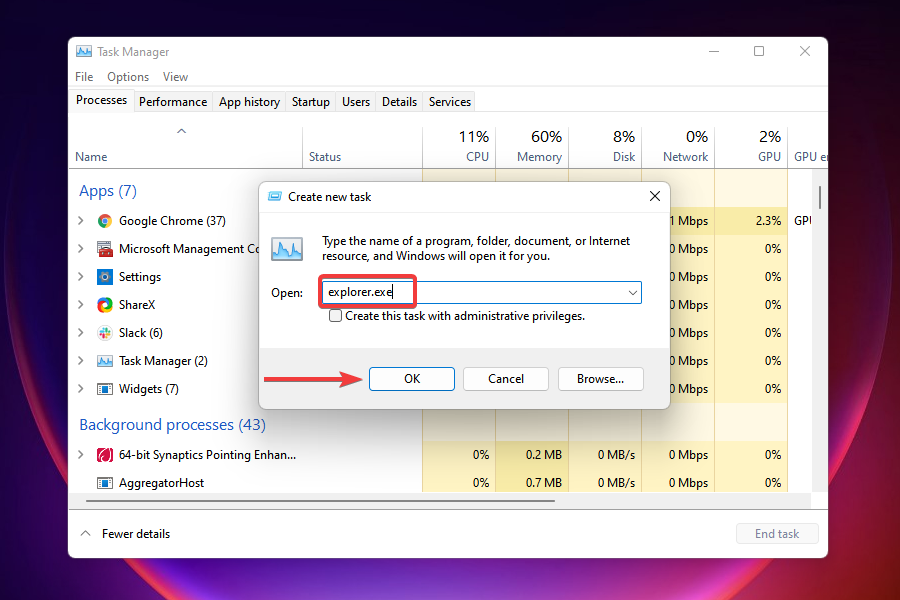
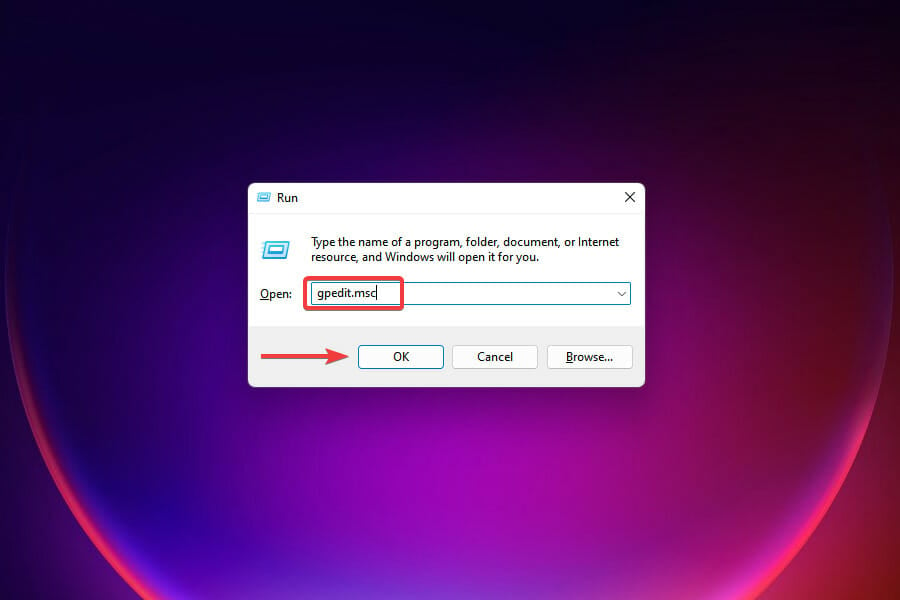

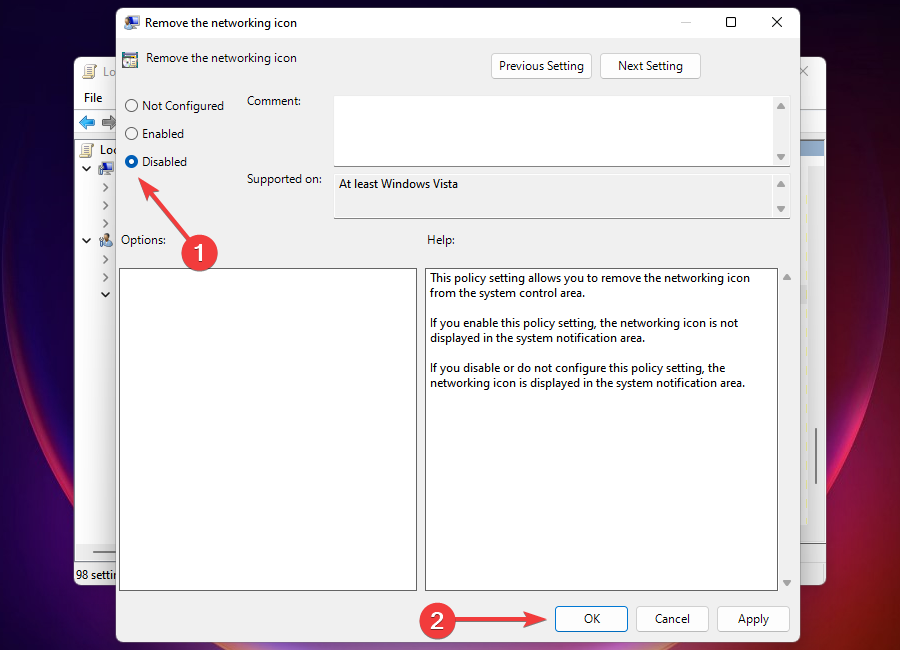
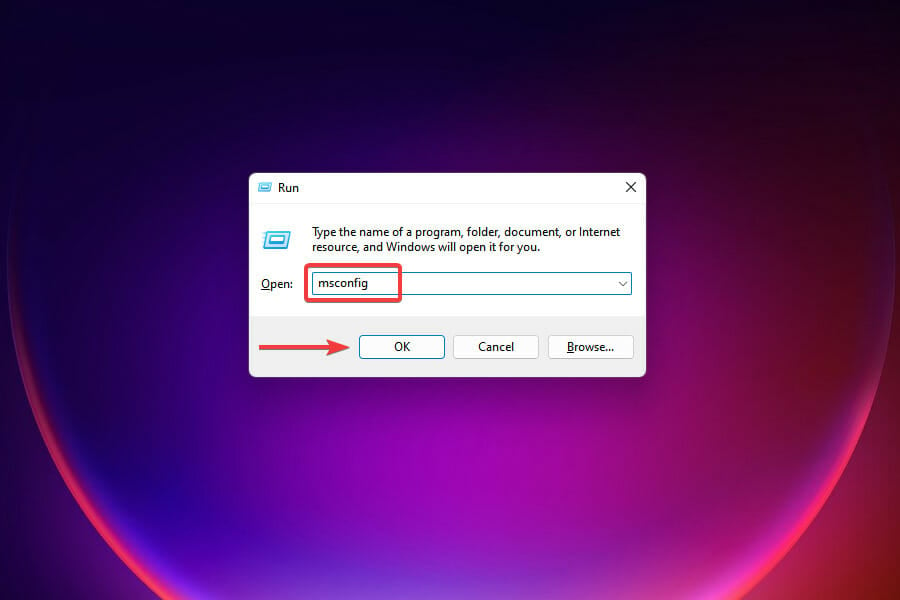

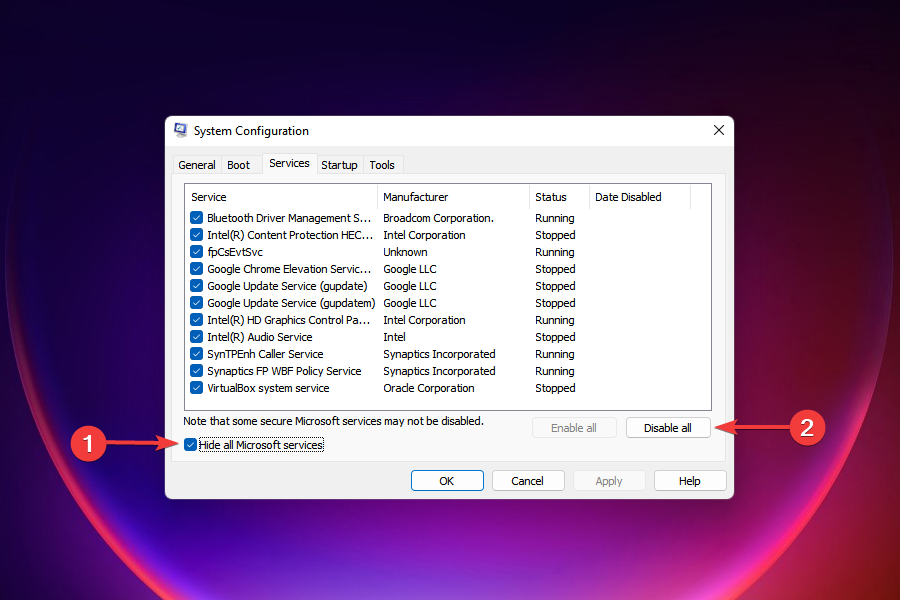

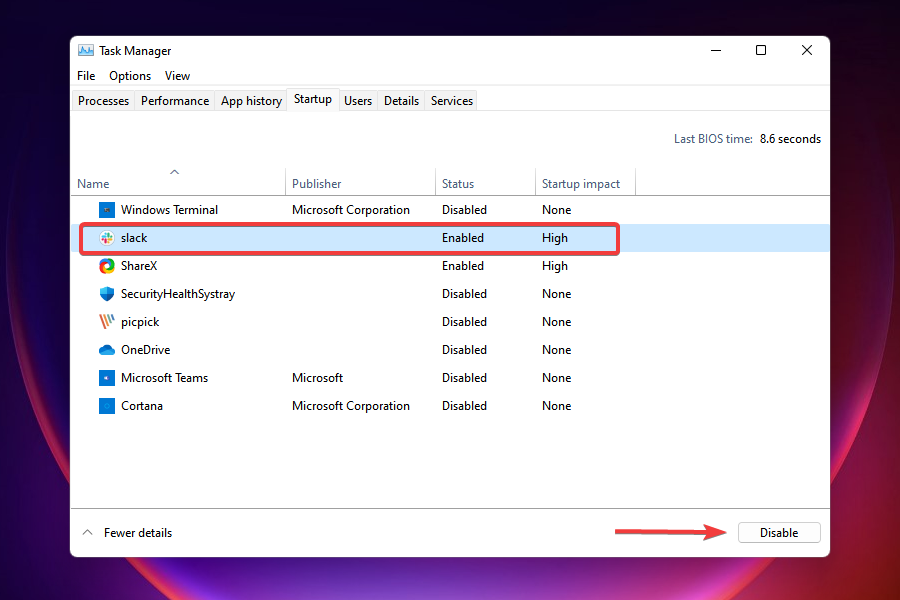
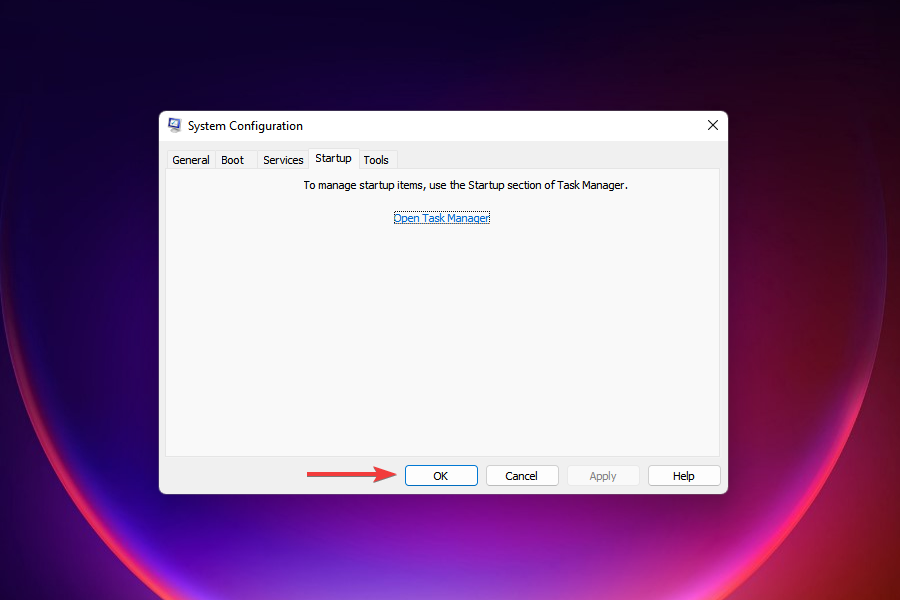
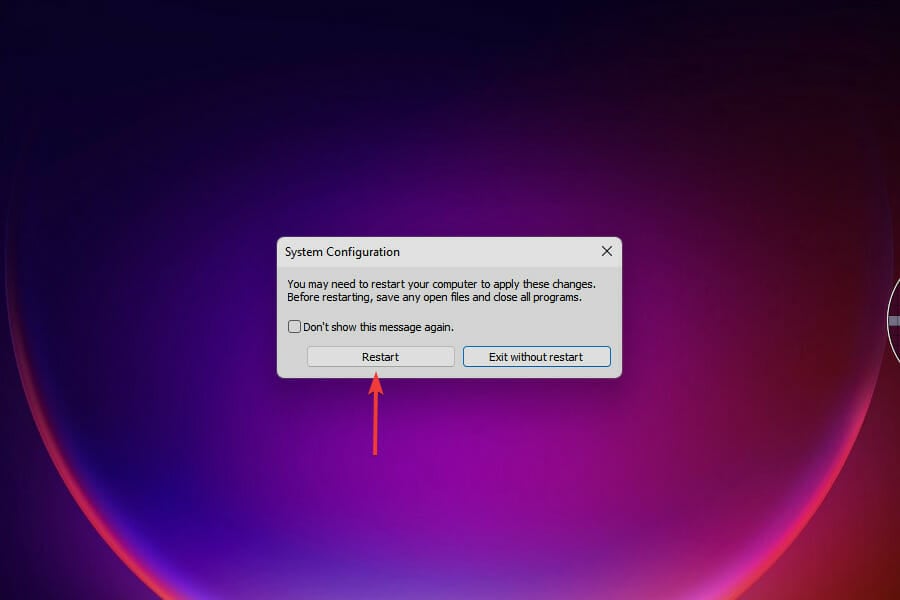


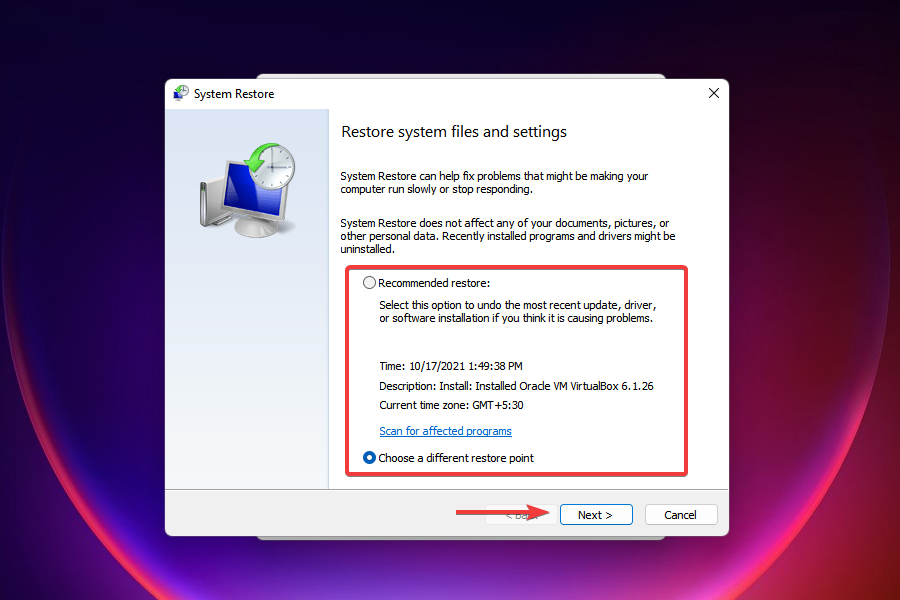

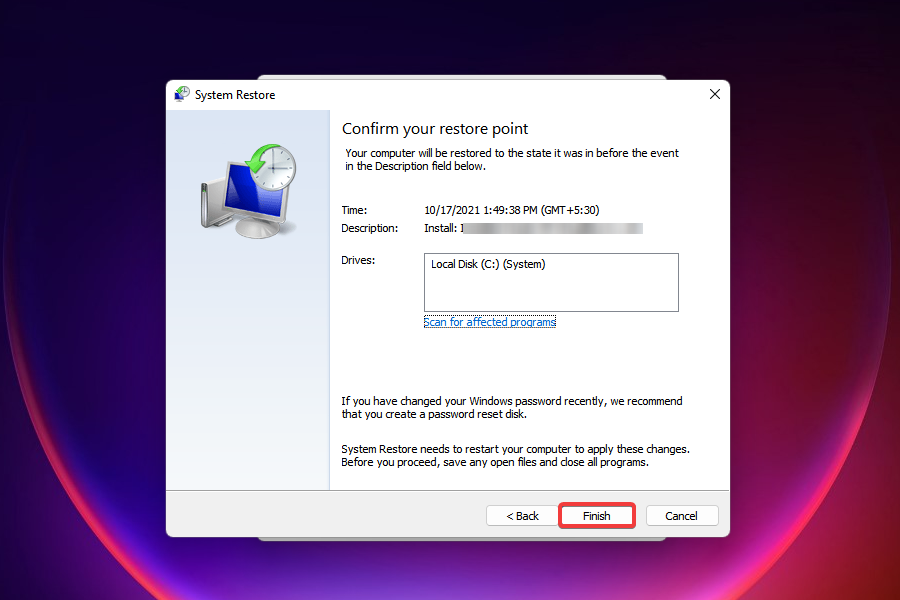
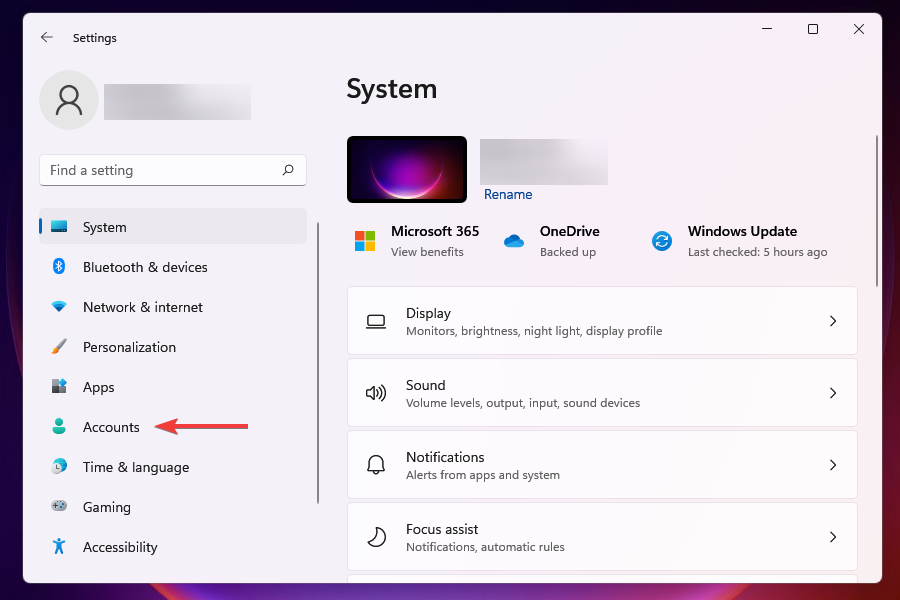
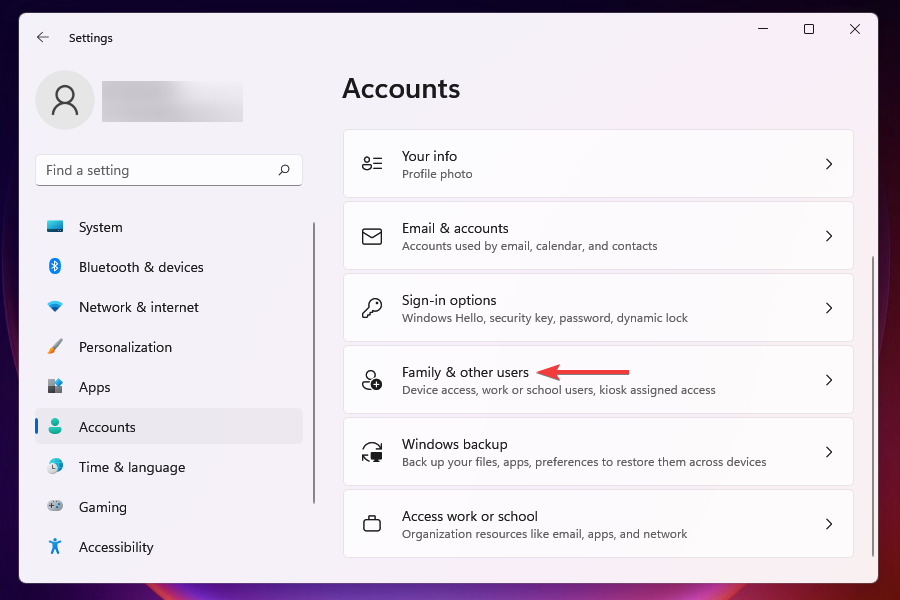


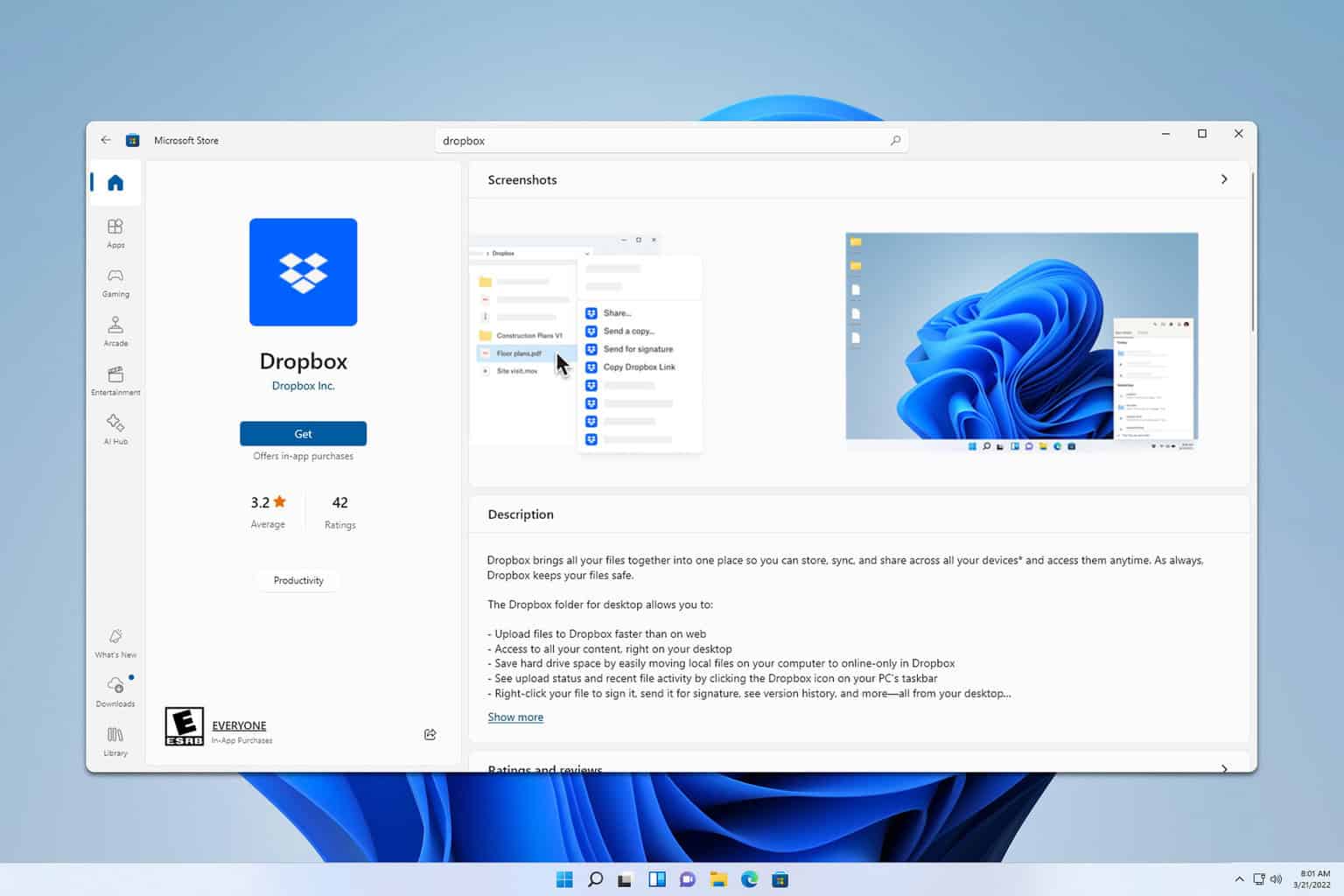

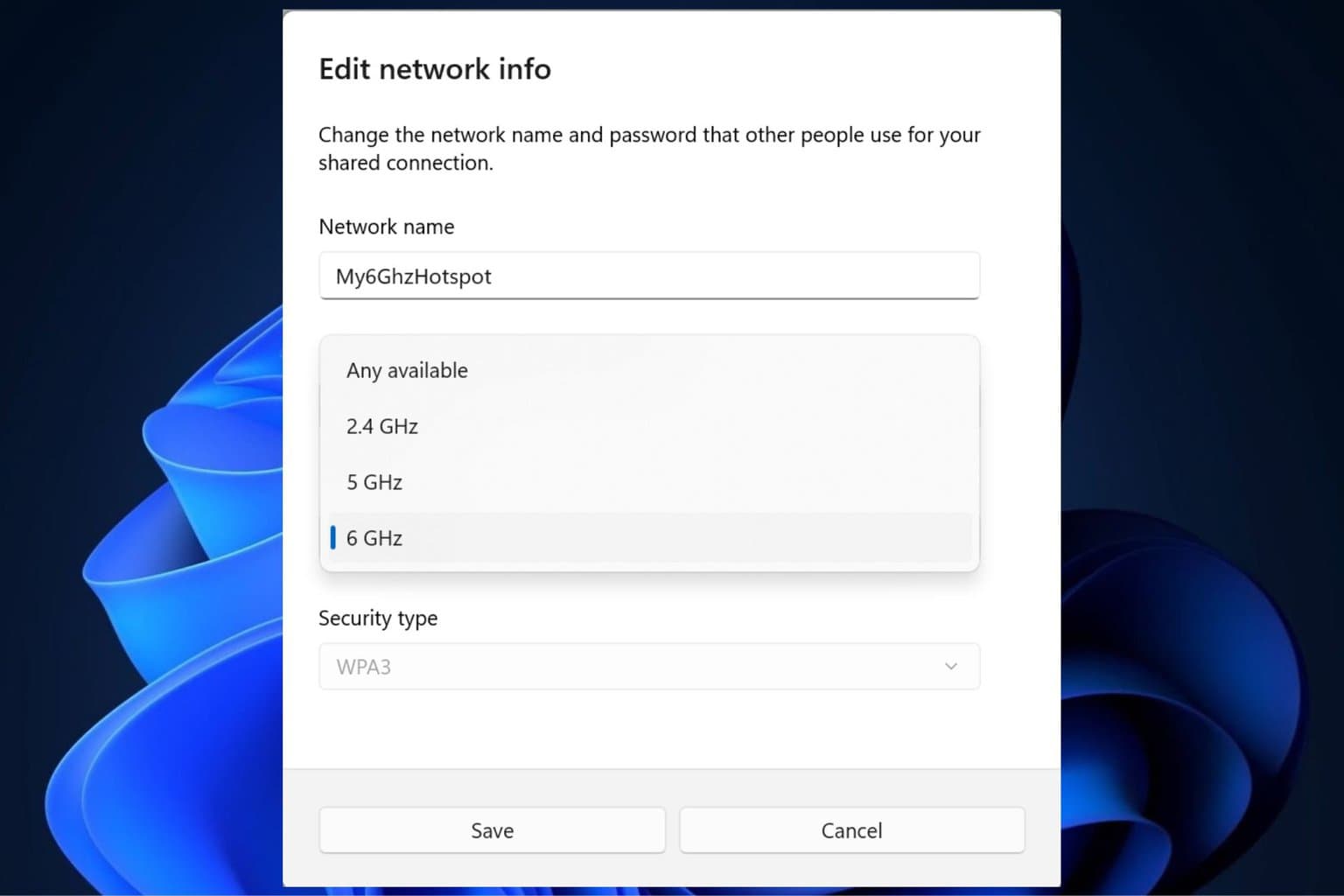

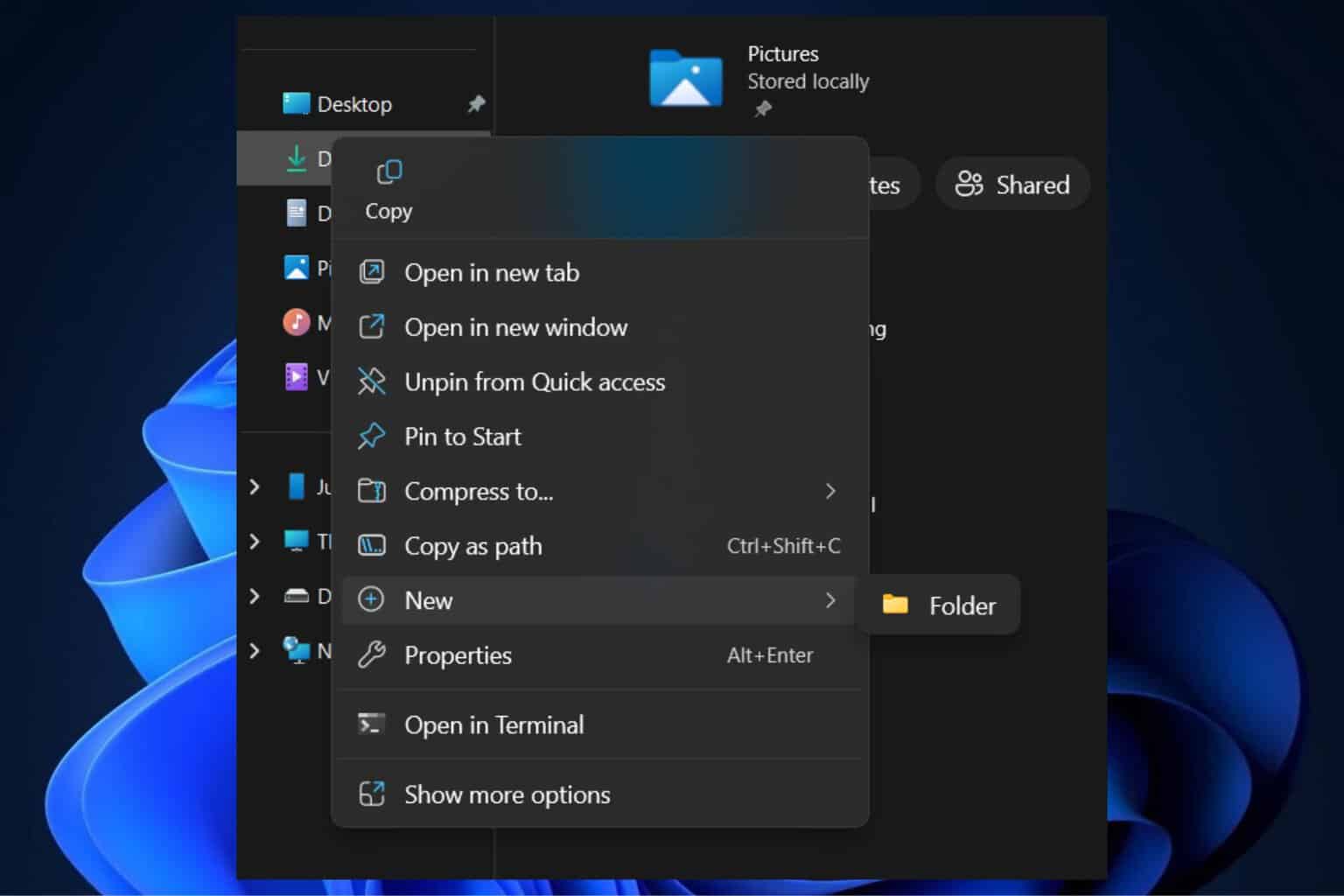
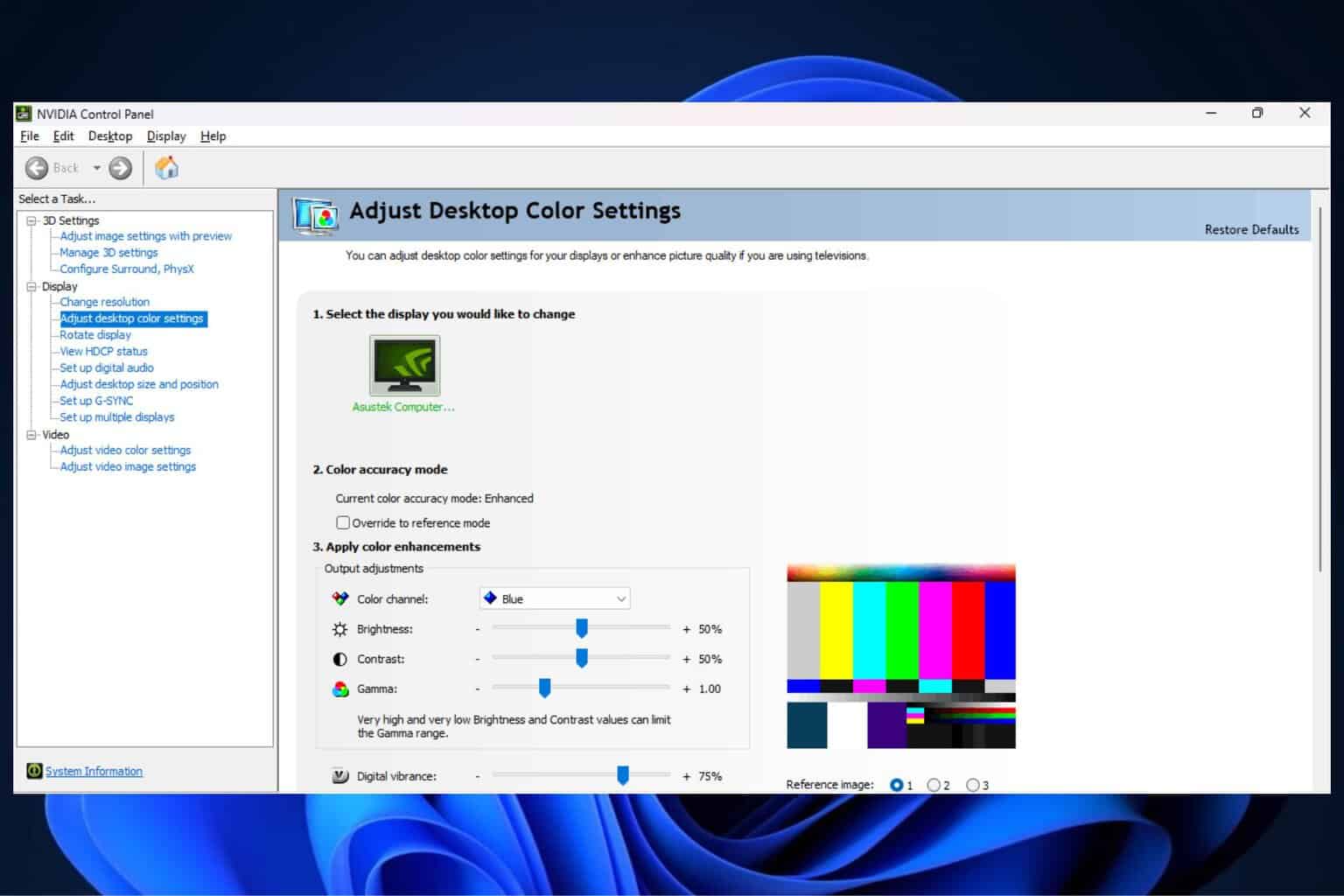


User forum
0 messages